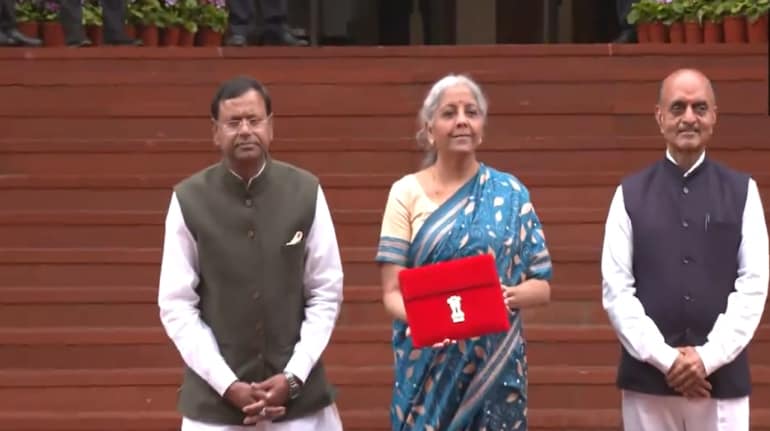
The Index of Industrial Production, or IIP, is a key indicator of India’s monthly activity levels.
India's industrial output grew by 5.8 percent in September - the slowest in three months - according to data released by the Ministry of Statistics and Programme Implementation on November 10, as increased rainfall after a dry August, an unfavourable base effect, and differences in the 2023 festival calendar compared to 2022 drove down the year-on-year growth number.
At 5.8 percent, the latest industrial growth figure as per the Index of Industrial Production (IIP) is well below the consensus estimate of 7.4 percent. In fact, only one respondent - HDFC Bank - had forecast IIP growth would fall to as low as 5.8 percent in September, with rest of the estimates in the range of 6.3-10.5 percent.
Industrial growth had come in at 10.3 percent in August - the highest in 14 months - and was 3.3 percent in September 2022.
For the first half of 2023-24, India's industrial output is up 6.0 percent year-on-year as against 7.1 percent in April-September 2022, when the data was boosted by a favourable base effect.
In September, IIP growth was dragged down by a huge drop in the manufacturing sector's growth, whose output rose by just 4.5 percent year-on-year after having increased by 9.3 percent in August. The other two sectors too posted weaker numbers: while mining output was up 11.5 percent as against 12.3 percent in August, electricity production increased by 9.9 percent, down from 15.3 percent growth recorded in the previous month.
In terms of the use-based classification of goods, production growth in September was lower for all six categories compared to what they posted in August:
>> Primary goods: 8.0 percent versus 12.4 percent in August
>> Capital goods: 7.4 percent versus 13.1 percent in August
>> Intermediate goods: 5.8 percent versus 6.8 percent in August
>> Infrastructure goods: 7.5 percent versus 13.5 percent in August
>> Consumer durable goods: 1.0 percent versus 5.8 percent in August
>> Consumer non-durable goods: 2.7 percent versus 9.6 percent in August
"While the moderation was broad-based across all sub-sectors and use-based categories, the performance of consumer goods was especially tepid," commented Aditi Nayar, ICRA's Chief Economist.
Production of consumer durables and non-durable goods are seen as an indicator of discretionary demand and hopes have been pinned on them doing well during the busy festive season. In April-September 2023, production of consumer durables has been 0.7 percent lower compared to the same six-month period last year.
Meanwhile, output of consumer non-durables has been 6.8 percent higher.
Specifically, manufacture of furniture was down 20.2 percent year-on-year - the sixth straight month it has declined by doubled-digits. A similar trend was seen in wearing apparel, or readymade clothes, whose output was down 17.9 percent - the 14th consecutive month of double-digit decline.
While ICRA's Nayar expects industrial growth to improve to 7-10 percent in October - data for which will be released on December 12 - due to a variety of reasons, November could again see muted production.
"The shift in the festive calendar is likely to muddy year-on-year comparisons for the next two months as well. Consequently, it would be more meaningful to compare the average year-on-year growth performance in October-November 2023 vis-à-vis October-November 2022," Nayar added.
The shift in the festival season refers to Diwali taking place in October in 2022 but in November in 2023.
Industrial growth falls to three-month low of 5.8% in September - Moneycontrol
Read More

No comments:
Post a Comment